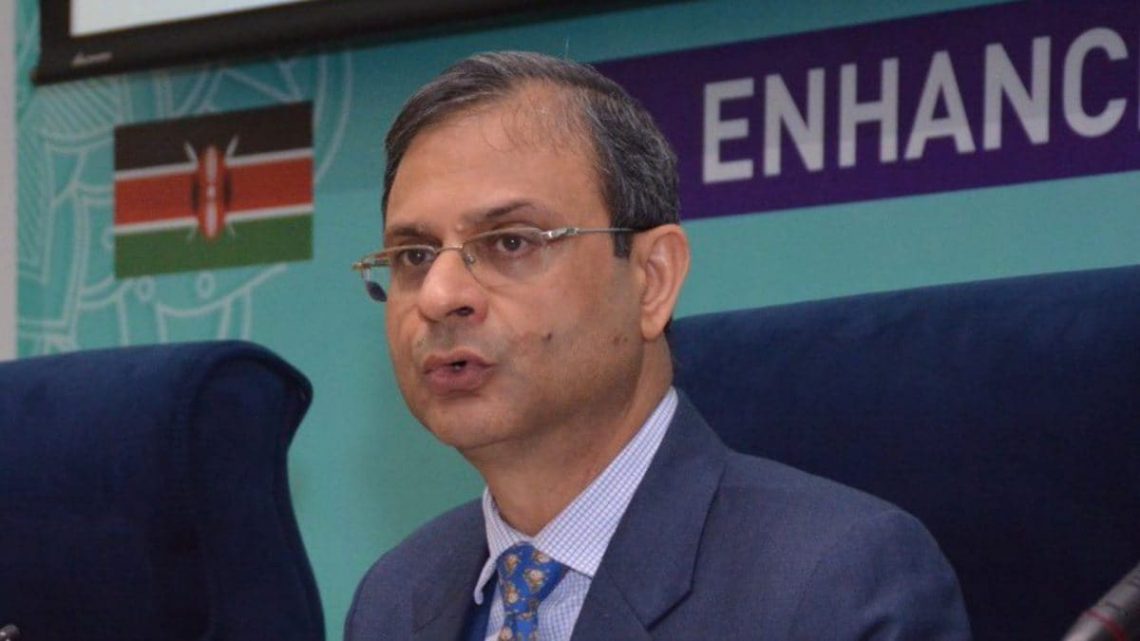Sanjay Malhotra will be the Reserve Bank of India (RBI) from December 11, 2024. He succeeds Shaktikanta Das whose tenure ends on Tuesday.
A seasoned bureaucrat, Malhotra will be the 26th Governor of the RBI.
Malhotra, a 1990-batch Rajasthan cadre IAS officer, will serve as the RBI governor for the period of three years.
1 – Malhotra is serving as Secretary (Revenue) in the Ministry of Finance. He has more than 33 years of experience in public policy.
2 – Prior to that, he was working as an officer on special duty (OSD) in the revenue department.
3 – Before serving as an OSD, Malhotra held the post of Secretary in the Department of Financial Services (DFS).
4 – Malhotra has extensive experience in finance and taxation both at the state and central government levels.
5 – He is the ex-officio secretary of the Goods and Services Tax (GST) Council.
6 – Malhotra is an engineering graduate in computer science from the Indian Institute of Technology, Kanpur (IIT Kanpur), and holds a master degree in Public Policy from Princeton University, the US.
7 – He has worked in multifarious sectors, including power, finance and taxation, information technology, and mines, among others.
Malhotra is assuming the charge at a tough time for the RBI — amid increasing pressure to cut interest rates.
Malhotra will have to walk a tightrope as the RBI governor as he is taking the baton when there is a pressing need to keep inflation manageable while giving a strong push to India’s economy. Also, there has been a growing call for an interest rate cut. India’s central bank has kept interest rates unchanged for nearly two years under Das over inflation risks.
He will be facing the challenge of balancing economic growth, inflation and exchange rate stability, something that outgoing RBI Governor Das kept fighting.
Malhotra will also have to swiftly deal with the issues like rising digital fraud and need to address retail financial product mis-selling.
The biggest battle that the incoming RBI governor faces is on the rupee front. The INR has come under massive pressure after Donald Trump’s win in the 2024 US election, with the dollar strengthening and foreign portfolio investors (FPIs) pulling out a net Rs 21,612 crore in November.
The Indian rupee has been touching record lows despite RBI rifling through its mammoth forex reserves to prop up the unit.
As per reports, after Trump assumes office on January 20, 2025, there is a high possibility of trade and currency wars. Keeping that in mind, the RBI would have to tread very carefully in the aggressive geopolitical scenario.
Malhotra will begin to head RBI at a time when the retail inflation is above the comfort zone and the economic growth has slowed down.
For Malhotra, the foremost job would be to rein in inflation and align it with the target of 4 per cent. He will have to take measures that will support economic growth.
Inflation is measured by consumer price Index (CPI). In October, headline CPI surged above the upper tolerance level to 6.2 per cent from 5.5 per cent in September.
Meanwhile, India’s economic growth moderated sharply in the second quarter ended September 2024. The real gross domestic product (GDP) registered growth of 5.4 per cent.
As the RBI governor, Malhotra will have to address the incremental credit demand. Retail customers are largely looking out for alternative investment opportunities, which is weighing on banks’ funding. Due to this, banks are turning to short-term non-retail deposits and other liability instruments to meet the mounting credit demand.
However, this reliance on short-term measures are expected to pose structural liquidity risks to the banking system.
There are worries regarding the rising credit growth in unsecured consumer loans, such as credit card debt, despite regulatory measures to increase risk weights in these segments. This growth needs precise monitoring of underwriting standards and post-sanction assessments to prevent long-term risks.
Link to article –

